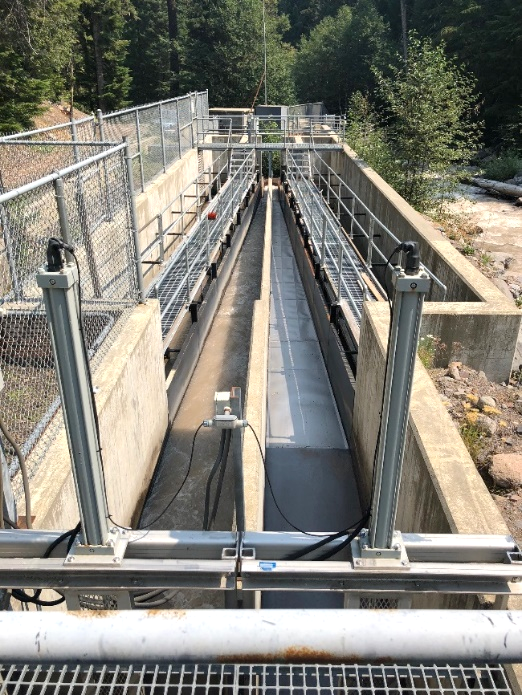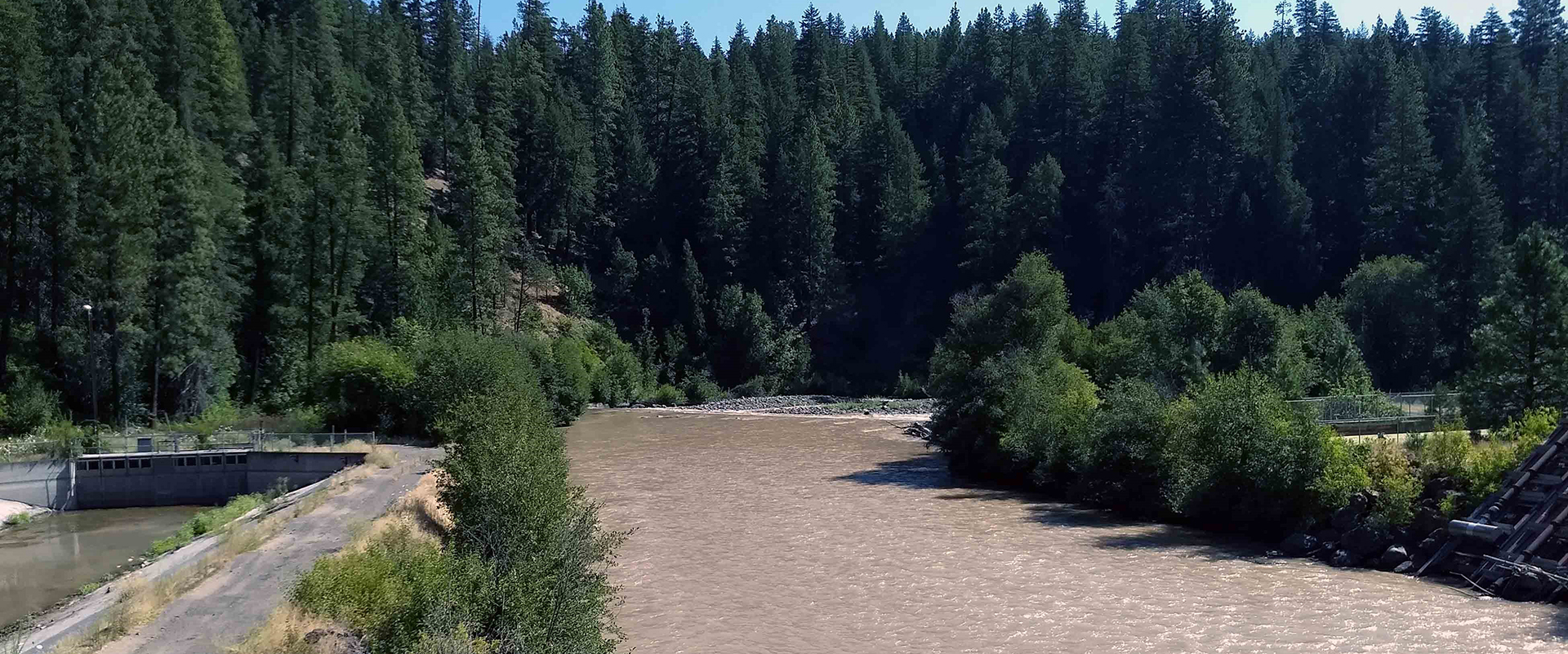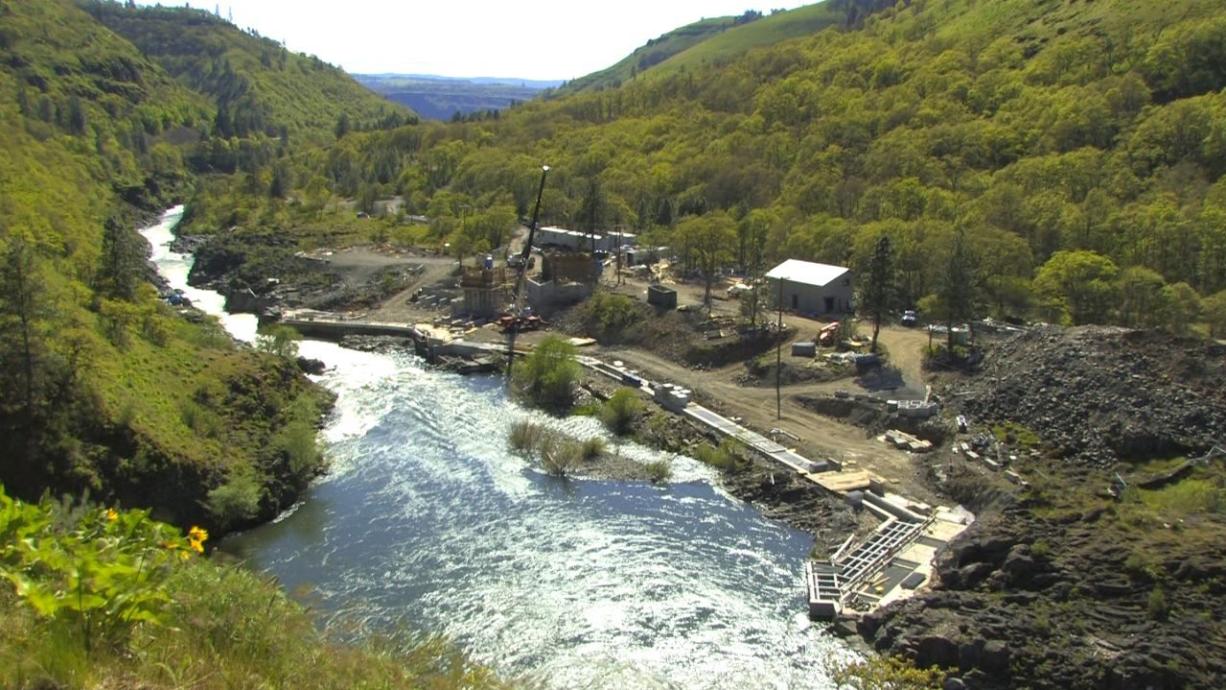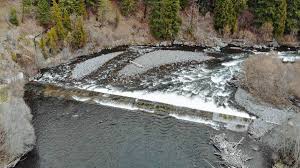Klickitat Hatchery Intake Feasibility Study and Concept Design




As one of the nine Mitchell Act hatcheries in the northwest, the Klickitat Hatchery is required to meet Endangered Species Act (ESA) requirements under agreement with National Marine Fisheries Service (NMFS) for fish screening. The hatchery intake structure was non-compliant with ESA screening criteria. Additionally, a rearing pond (Pond 25) rapidly fills with sediment during spring runoff, reducing the water quality and volume to sustain healthy aquaculture operations.
Kleinschmidt conducted a site walk to understand the specific operation and layout concerns and assess alternatives that would meet NMFS screening design standards, while addressing sediment loads under a range of intake flows that supply Pond 25. The team investigated 5 different screen alternatives, recommending a Farmer’s Screen, similar to the site-adapted Coe Creek install with the Middle Fork Irrigation District (inset photo). Kleinschmidt provided a detailed site layout including site civil design, and developed a first of its kind, scaled HEC-RAS model of the Farmer’s Screen to validate NMFS criteria including sweeping and approach velocities (< 0.4 fps) inside the screen and within the approach channel. Sweeping velocities exceeded all approach velocities meeting NMFS criteria. The team sampled sediment to estimate sediment capture within the screen box and address Pond 25 issues in addition to analyzing constructability considerations while developing construction cost estimates for the 30% design.
Kleinschmidt’s broad knowledge of exclusion screening and fish passage led to a comprehensive study of possible alternatives to solve both the fish exclusion and sediment reduction challenges. The unique Farmer’s Screen HEC-RAS model enabled predictable scaling to accommodate the required range of system flows, while validating critical velocities to comply with NMFS requirements.
